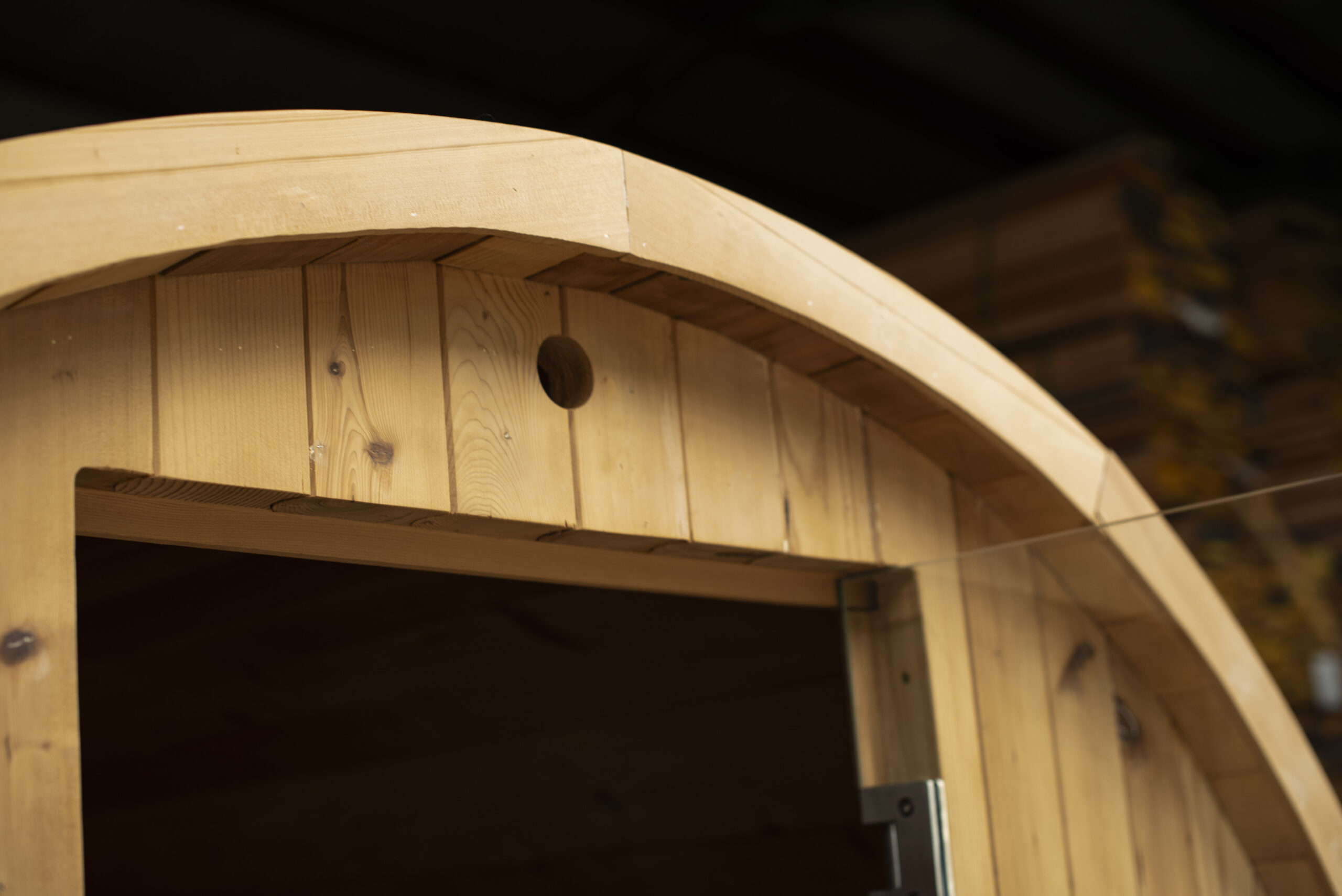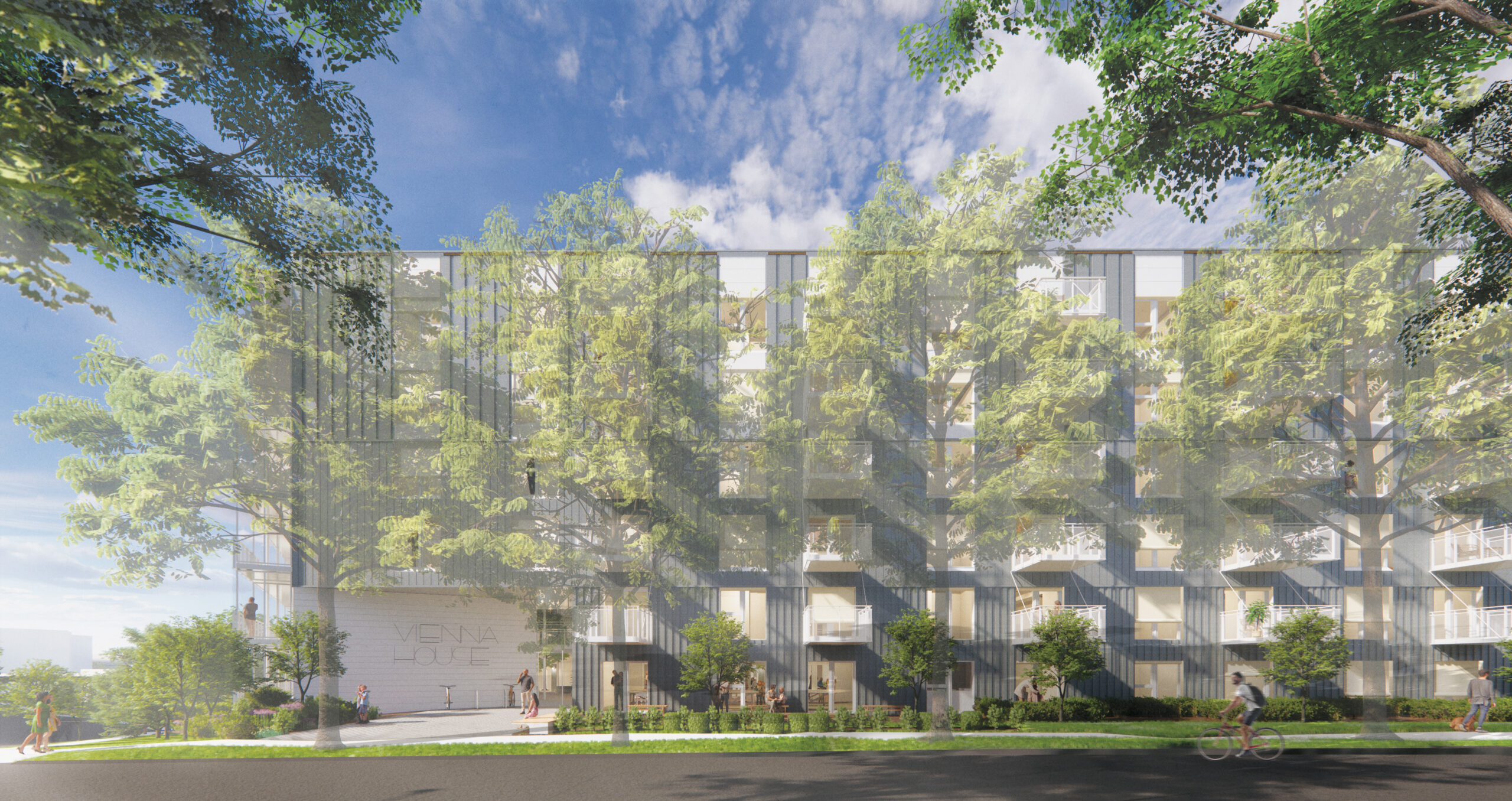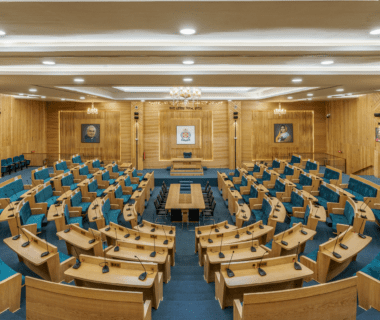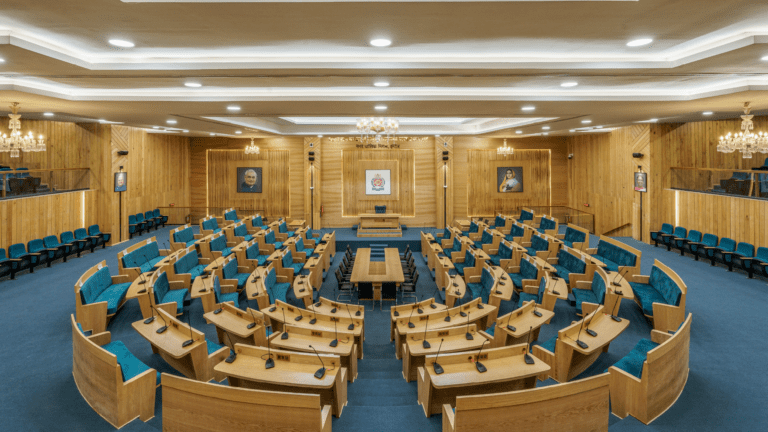Led by BC Wood, efforts to boost sales of B.C. value-added wood products in South Korea are succeeding through targeting niche markets within larger market segments (such as secondary homes within the larger home construction sector). This approach maximizes the value of the marketing effort by reaching out to targeted individual buyers and developers.
Niche sectors now being developed in South Korea include:
- 2×4 house packages,
- coastal species and glulam for traditional Korean “Hanok” housing,
- log and timber frame construction,
- engineered wood products,
- and finishing materials and cabinetry for high-end wood-frame construction and resort developments.
The resort sector is seen as a growth area for all of these products.
Niche marketing pays off with large housing development
Several years of relationship building with Dujon Housing, a major developer, has paid off with the largest development of wood-frame housing in the history of South Korea. A niche marketing approach was used that included regular contact with Dujon personnel and relationship building through the Global Buyers Mission in British Columbia.
The housing development includes 109 wood-frame homes within a larger community. All of the homes are targeted to the higher end of the housing market, with premium millwork, finishings and construction. The homes are being built with Canadian solid wood and value-added products, including engineered and manufactured wood components.
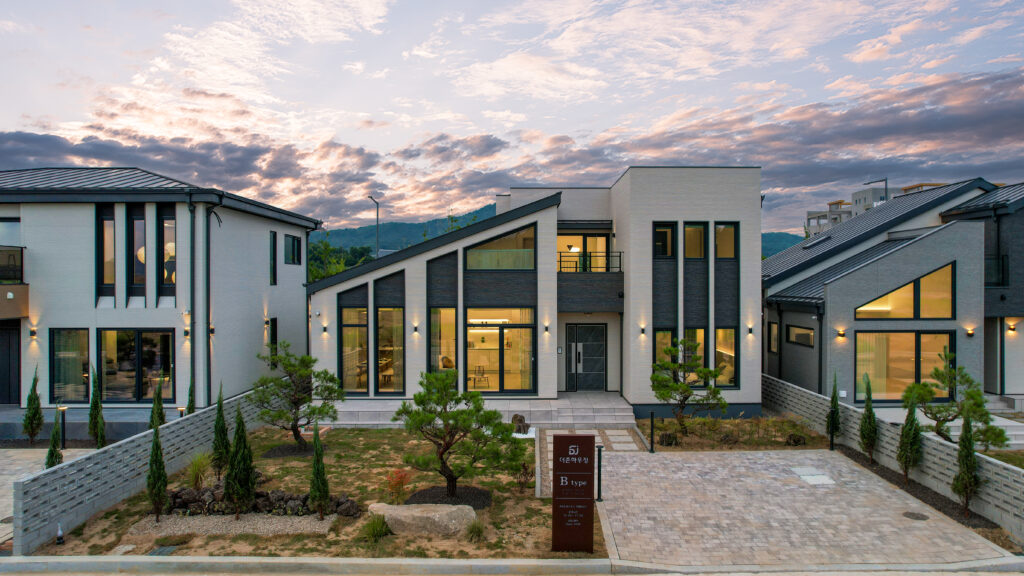
Gyeongsangbuk-do Provincial Government B, C Type Appearance | Photo: BC Wood
BC Wood’s approach to marketing programs for value-added wood products involves researching niche opportunities and developing relationships with relevant in-market buyers. The buyers and other key decision makers are invited to the annual Global Buyers Mission (GBM) in Whistler, B.C. The GBM operates as a giant trade fair where dozens of B.C. firms market their products and services to the foreign guests. With the support of BC Wood, promising connections are followed up in-market, finalizing individual projects that showcase the use of B.C. wood species.
A successful example through niche marketing is in the secondary (vacation) home sector, where Azit, a local manufacturer of pre-fabricated modular homes, built a 19-home vacation community. All of the buildings used Canadian structural lumber and panelling, including kiln dried and other premium products.
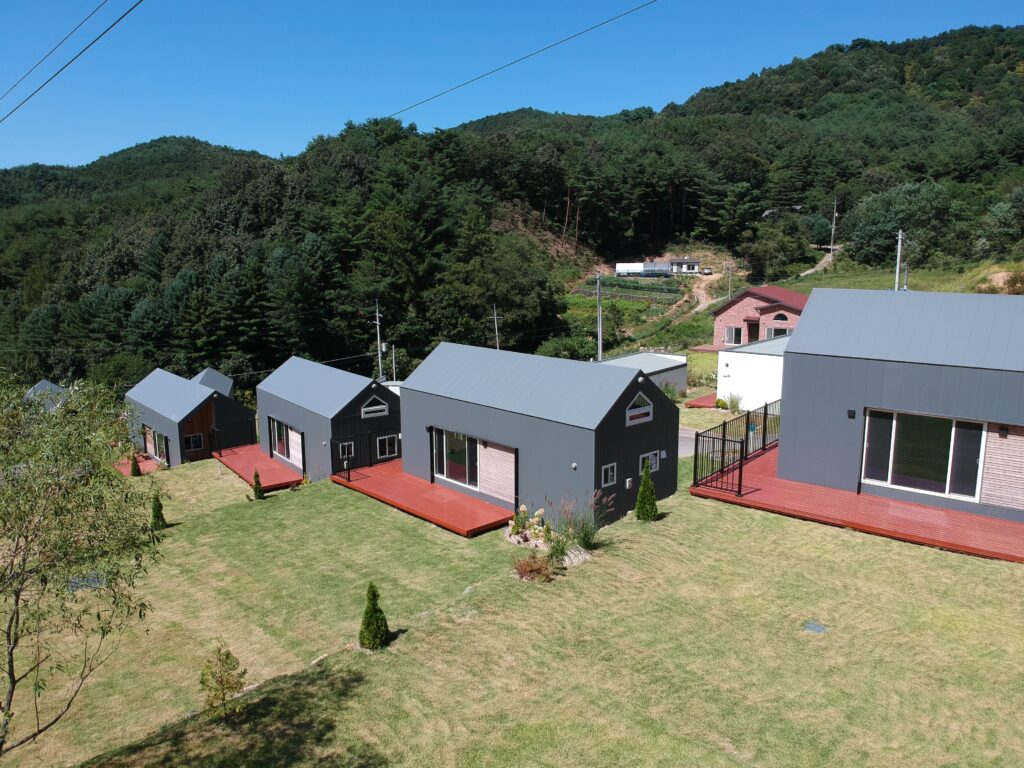
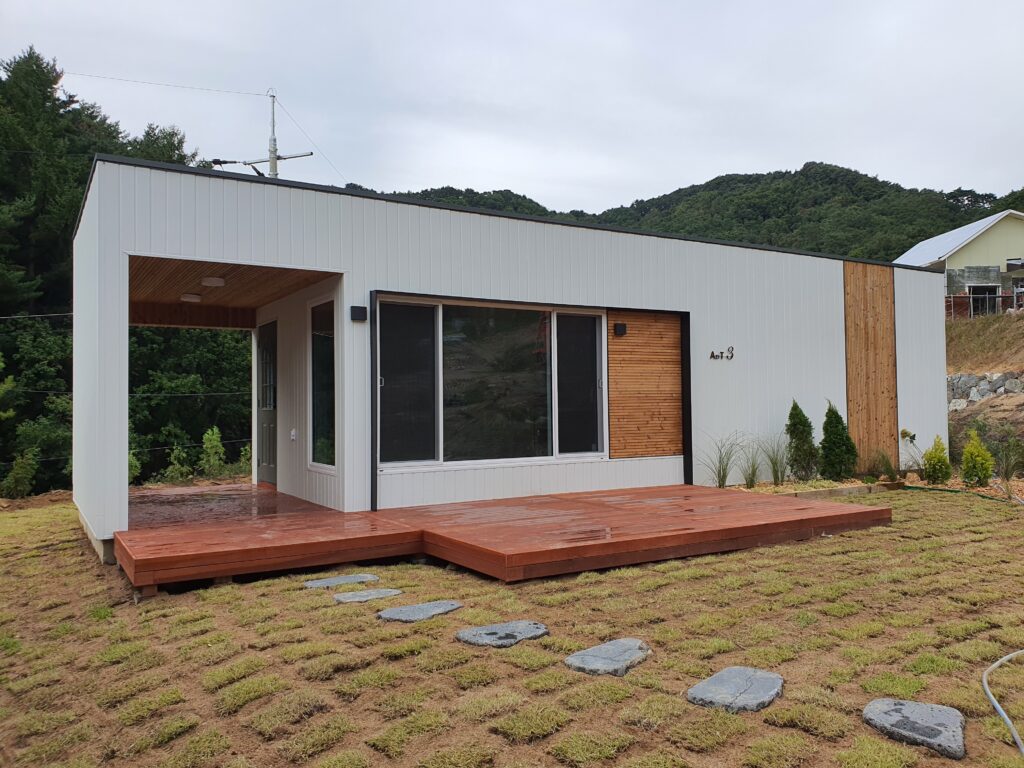
Photos: Smart House, Haruhome
A first for zero energy
B.C.’s value-added wood sector was instrumental in helping the South Korea home construction sector reach an important milestone—the first officially approved zero energy home using wood construction. Developed by Hammer Sound, the project included Canadian input on design and engineering, and the extensive use of B.C. engineered wood, lumber and other building supplies.
With government policy requiring a shift to net zero construction of all new buildings, the Hammer Sound project opens up a large, new market for B.C. lumber and value-added wood products in South Korea.
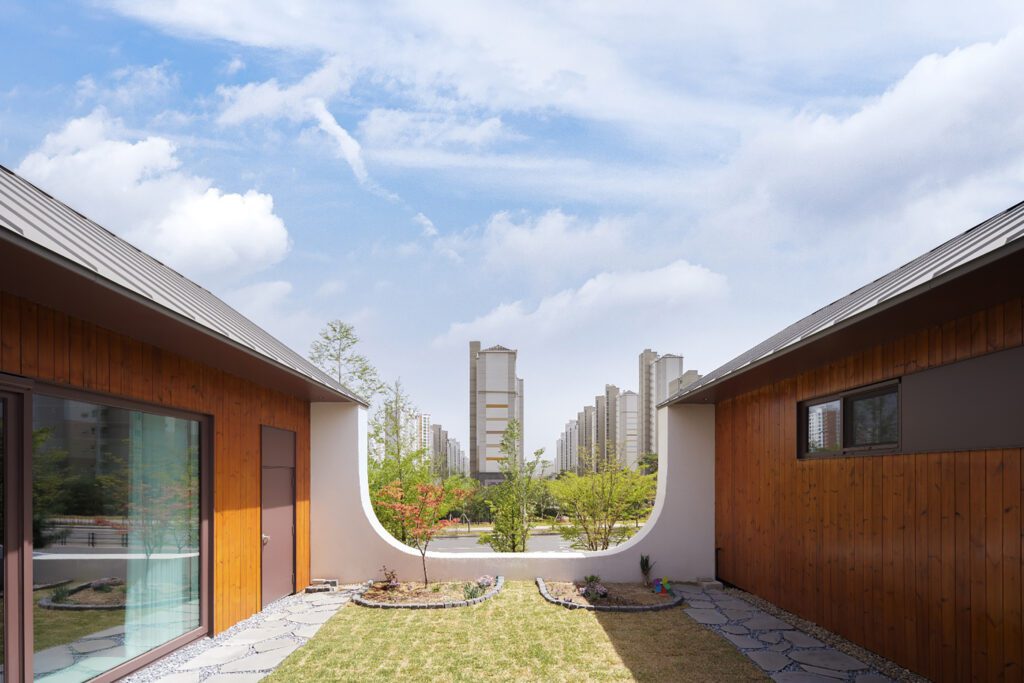
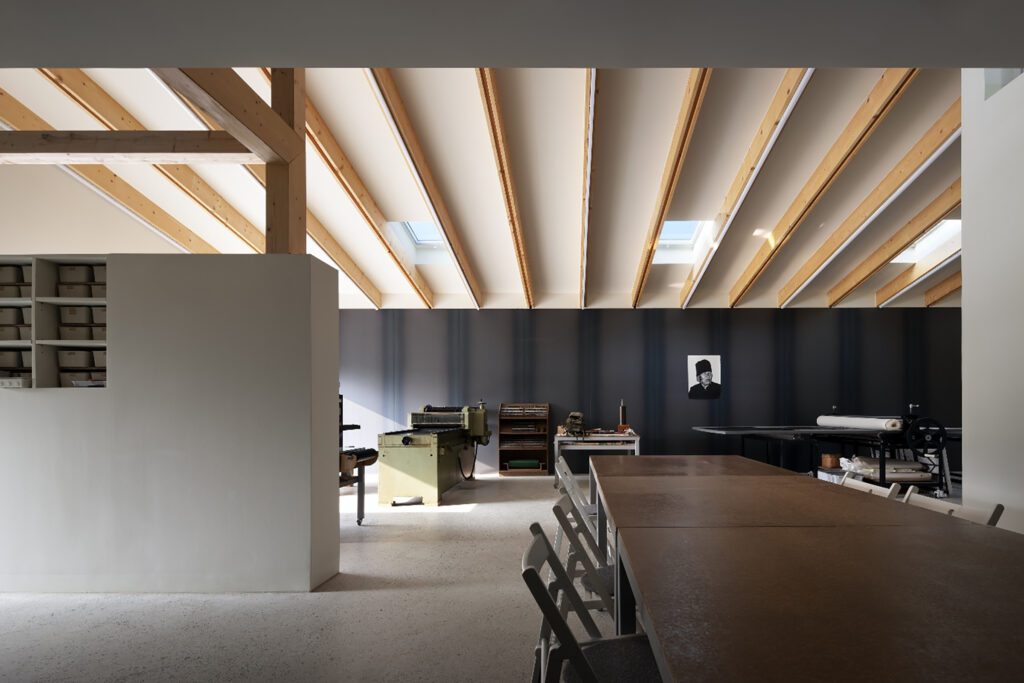
Hammer Sound | Photos: Park YoungChae
